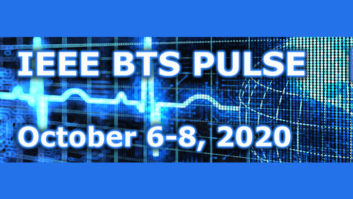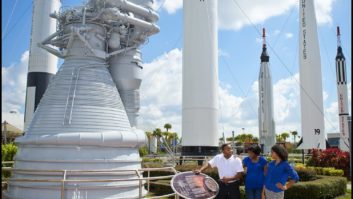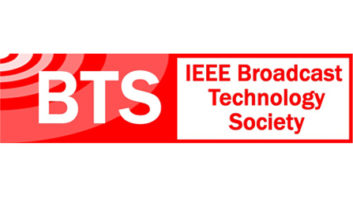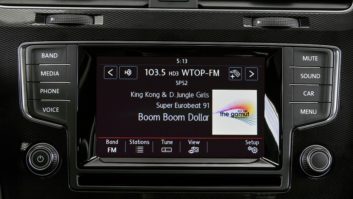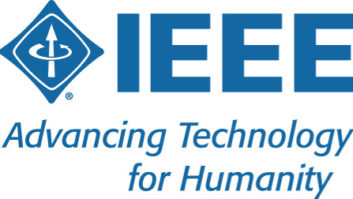
Bill Meintel, president of the IEEE’s Broadcast Technology Society, described the continuing loss of broadcast spectrum to wireless broadband interests as part of the IEEE BTS Symposium’s “Spectrum Issues Worldwide” presentation.
Broadcast engineers convened in San Diego last week to discuss new innovations in broadcast technology and explore what the future has in store for one-to-many communication. The Oct. 9–11 forum was the annual Institute of Electrical and Electronic Engineers’ Broadcast Technology Society (BTS) fall Symposium and attracted more than 110 participants from across the United States and nine foreign countries.
The three-day event was highlighted by technical presentations, tutorial sessions and roundtable discussions which focused on a diversity of topics including worldwide spectrum issues, the discovery and mitigation of interference problems, Ethernet and IP transport of audio and the latest in codec technologies. San Diego’s Westgate Hotel hosted the conference.
Altogether, more than a dozen presentations and panel discussion events were part of the symposium lineup, and while most of these were focused on hot television topics such as 4K video transmission and next-generation TV systems, radio was not exactly a neglected stepchild, with Friday morning being set aside exclusively for radio engineering topics.
Presentations included the use of digital connectivity for getting FM stereo on the air by the Telos Alliance’s Frank Foti; an update delivered by Ben Dawson, of Hatfield & Dawson, on the latest FCC ruling to protect AM antenna patterns from distortion caused by nearby cell site mast reradiation; a description of the Opus codec and its uses was provided by Mozilla’s Timothy Terriberry; and the use of voltage sampling unit technology in connection with method of moment AM pattern proofs was described by Kintronic Labs’ Tom King.
CHANGE OF VENUE
The San Diego symposium marked the first time in the event’s 63-year history that it has been held outside the Washington, D.C. area. The move reflected an effort by the BTS to try and stimulate interest in the symposium and raise attendance by making it more accessible to West Coast broadcast engineers. (Plans are in place to hold the 2014 Symposium in San Antonio.)
During the symposium, one of its co-organizers, Paul Shulins, offered his thoughts on the San Diego venue: “This was a big experiment and we’re very pleased with the turnout. We’re seeing a lot of familiar faces, but we’re also seeing some new faces, which was our real goal — to expose the symposium to some new people. The venue is wonderful and the people are wonderful here, and we’re hoping to expand it again next year when we move it to Texas.”
This year’s symposium sponsors included Wheatstone, ERI, the Telos Alliance, BSW, Tieline, Comrex, SCMS, duTriel, Lundin & Rackley , Shively Labs, Harris Broadcast, Jampro, Kintronic Labs, Radio Frequency Systems, Myat, Sierra Automated Systems, Organ, Sony, NewTek, Dielectric, Canon, Richland Towers and Qualcomm.
Details about the 2013 symposium and future symposium events may be found on the BTS website.






